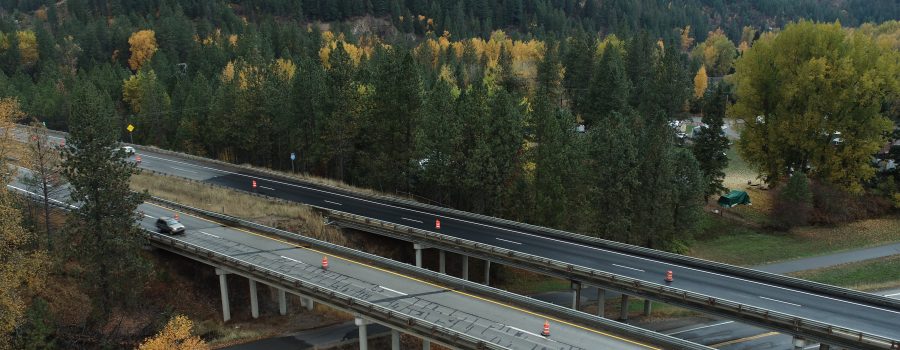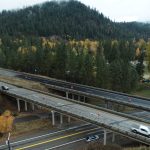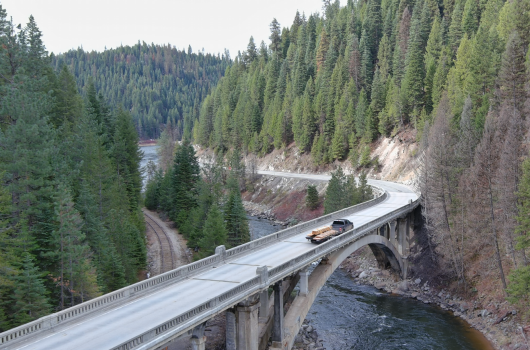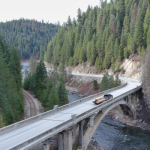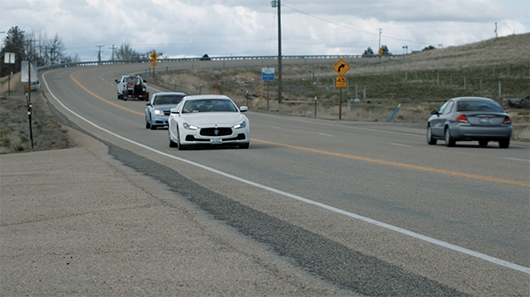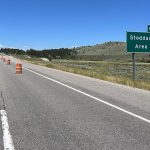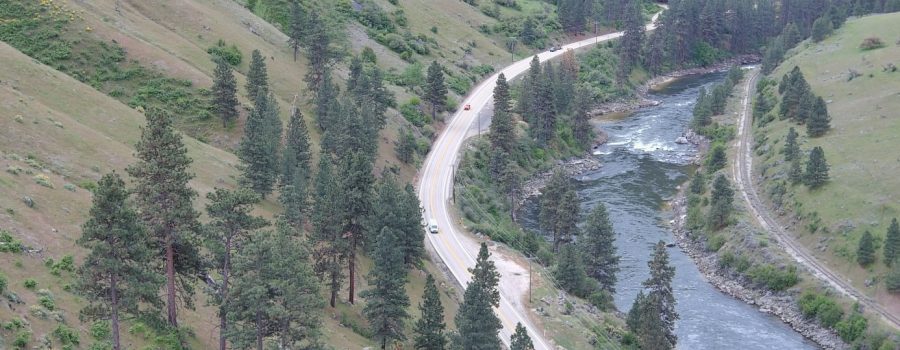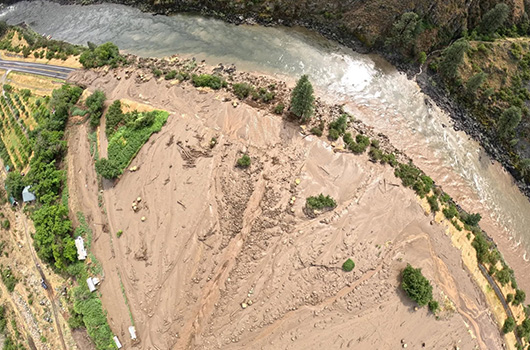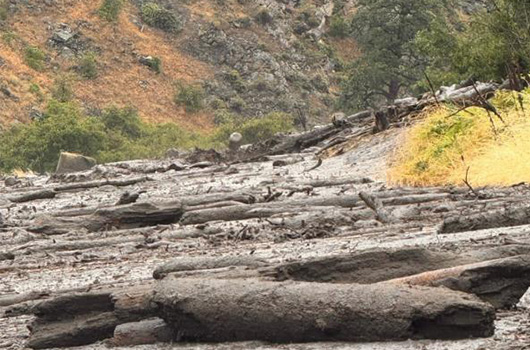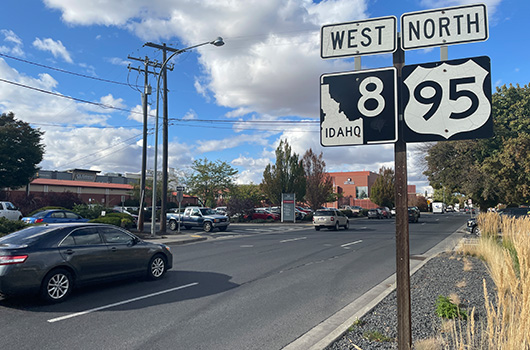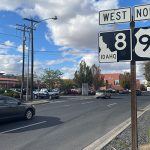IT Engineer Receives High Honor for Assistance with Murder Conviction
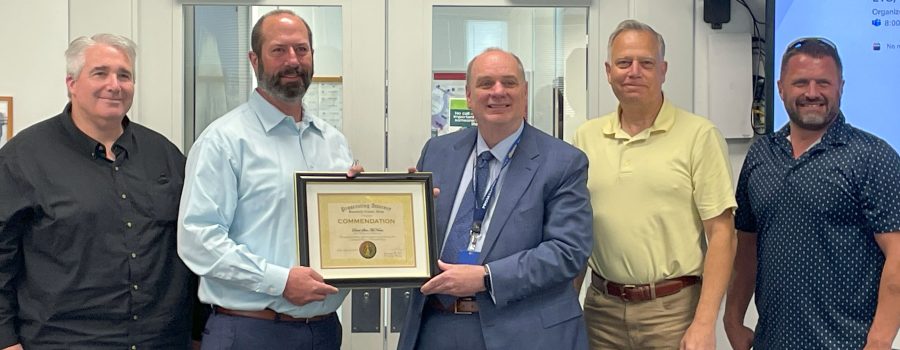
On May 13, 2023, the eastern Idaho office of the Idaho Transportation Department received news that was far from ordinary concerning the Clark Hill Rest Area on US-26 between Ririe and Swan Valley. A dead body. The indication of foul play. What answers might ITD’s surveillance cameras hold?
Not all of ITD’s 29 rest areas have surveillance cameras in place. It so happens Clark Hill is one that does. This fact, paired with the skills of IT Information Security Engineer Shea McNama, would come to make all the difference in the conviction of a murderer.
The cameras record on a loop and video overrides itself after a few days. Time was of the essence.
McNama attempted to access and download the footage remotely. It became clear that it would take weeks at the slow remote download rate. He went home, got a chair and went to Clark Hill Rest Area physically, where he stayed for 18 hours while the download was completed on site.
From that point on, McNama studied and improved the video that fell within the timeframes provided by the Bonneville County Prosecutor’s Office. He pieced together different angles and located vehicle descriptions. He ultimately worked an estimated 200+ hours gathering surveillance footage and making it useable to the prosecution.
When first appearing in court, the suspect stated that he merely stopped at the Clark Hill Rest Area briefly to use the facilities. Between that statement and the actual trial, McNama pinpointed specific video that showed that statement to be clearly false. He never entered the restroom but moved beyond the facility entirely.
For this evidence to be admitted in court, a specific set of McNama’s skills were put to use. He holds a master’s degree in Cybersecurity, as well as a Digital Forensics Certificate from IACIS, the International Association of Computer Investigative Systems. This is the number one certification for digital forensics in the world.
It’s also what taught McNama how to apply a hash algorithm to video evidence- the tag that proves evidence hasn’t been tampered with and all copies are the same. He ended up testifying on the stand for two hours, with his credentials and expertise holding up the evidence beyond any shadow of doubt.
“Without his work, we absolutely could not have achieved this conviction,” Bonneville County Prosecutor Randy Neal stated.
The suspect was sentenced to 25 years to life in prison for second-degree murder in January of 2025.
“All I did was present what I found. I was happy to do my part,” McNama said. To represent ITD and assist the Prosecutor, it felt like the time I spent working towards my degree and certification was worth it all.”
Neal has wanted to award McNama for his priceless contribution to the case ever since. He and several members of his office were able to finally do just that on Wednesday, July 2. While ITD’s Executive Leadership Team was visiting District Six, McNama was given a Prosecutors Commendation Award and Medal. This is the Office’s highest award ever given, and the second highest possible to receive among law enforcement.


